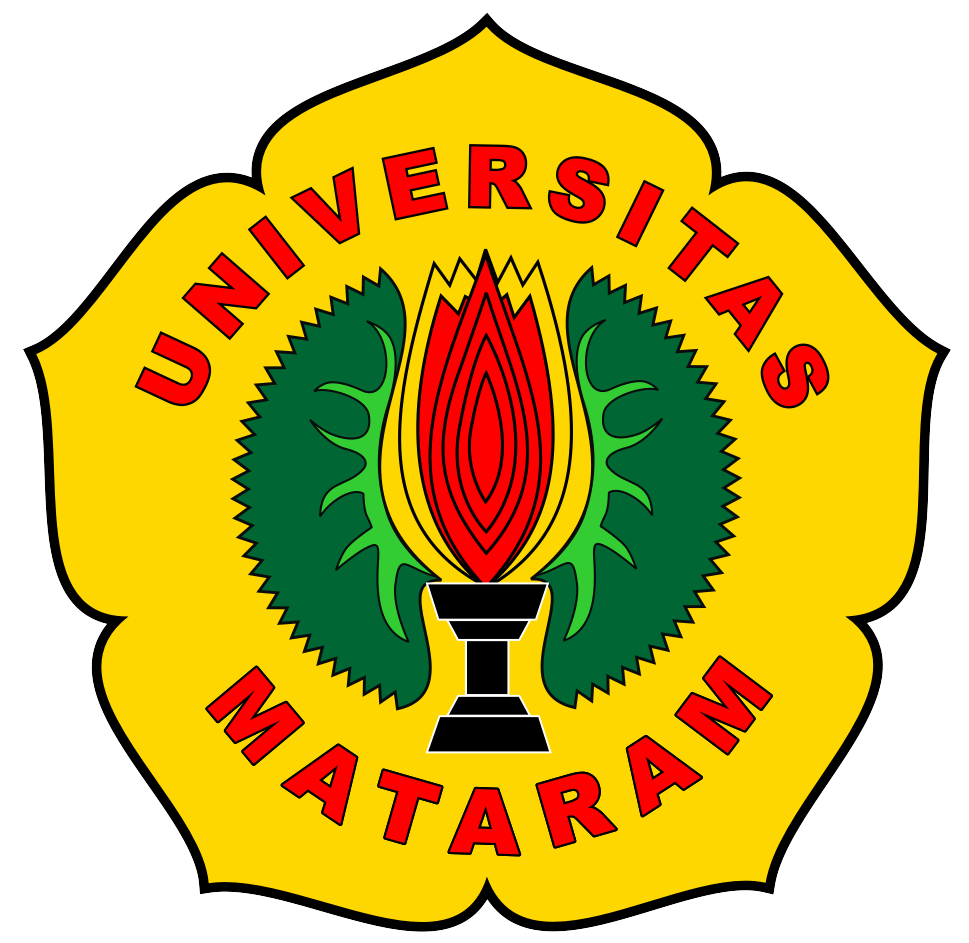Nurition and Mechanical Ventilation: a Review Article
DOI:
https://doi.org/10.29303/jk.v12i4.4626Kata Kunci:
Critical illness, intensive care unit, mechanical ventilation, nutritionAbstrak
Patients with critical illnesses are frequently need mechanical ventilation as part of their care, in addition to or instead of spontaneous breathing. In certain situation, poor CO2 elimination (ventilation failure) is the primary issue. Malnutrition is one of the issues that can occur in patients on mechanical ventilation. Patients in critical condition are typically incapable of consuming enough food to meet their metabolic needs. Enteral nutrition, parenteral nutrition, or mix of two are able to provide nutritional intake. Enteral nutrition can help maintain the intestinal wall's functional integrity by protecting intraepithelial cells, increasing blood flow, and encouraging the production of endogenous trophic agents. In the meantime, parenteral nutrition (PN) must be administered if the patient's nutritional needs are not satisfied within three days, as malnutrition typically develops eight to twelve days following surgery and/or ICU admission. Numerous studies comparing the effects of (enteral nutrition) versus PN nutrition on ICU LOS and mechanical ventilation have found no discernible differences between the two. When comparing EN to PN nutrition, there is a noticeable difference in how well EN reduces infectious complications.
Unduhan
Diterbitkan
Terbitan
Bagian
Lisensi
Authors who publish with Unram Medical Journal, agree to the following terms:
- Authors retain copyright and grant the journal right of first publication with the work simultaneously licensed under a Creative Commons Attribution 4.0 International License (CC-BY License). This license allows authors to use all articles, data sets, graphics, and appendices in data mining applications, search engines, websites, blogs, and other platforms by providing an appropriate reference. The journal allows the author(s) to hold the copyright without restrictions and will retain publishing rights without restrictions.
- Authors are able to enter into separate, additional contractual arrangements for the non-exclusive distribution of the journal's published version of the work (e.g., post it to an institutional repository or publish it in a book), with an acknowledgment of its initial publication in University of Mataram's Journal of Medicine.
- Authors are permitted and encouraged to post their work online (e.g., in institutional repositories or on their website) prior to and during the submission process, as it can lead to productive exchanges, as well as earlier and greater citation of published work (See The Effect of Open Access).
- This journal is open access journal which means that all content is freely available without charge to users or / institution. Users are allowed to read, download, copy, distribute, print, search, or link to full text articles in this journal without asking prior permission from the publisher or author.







